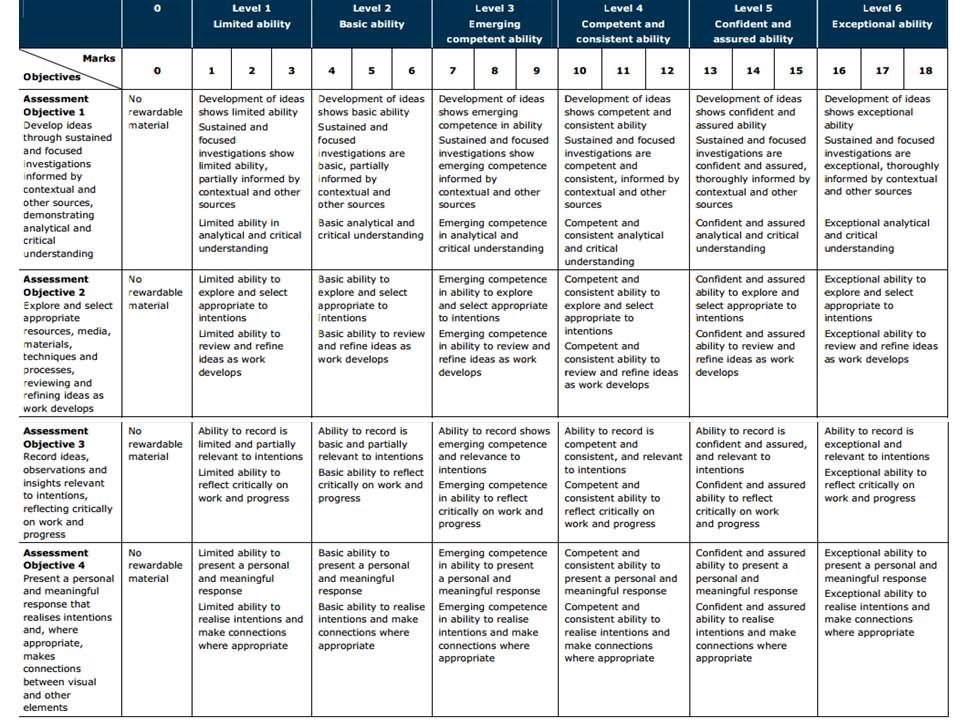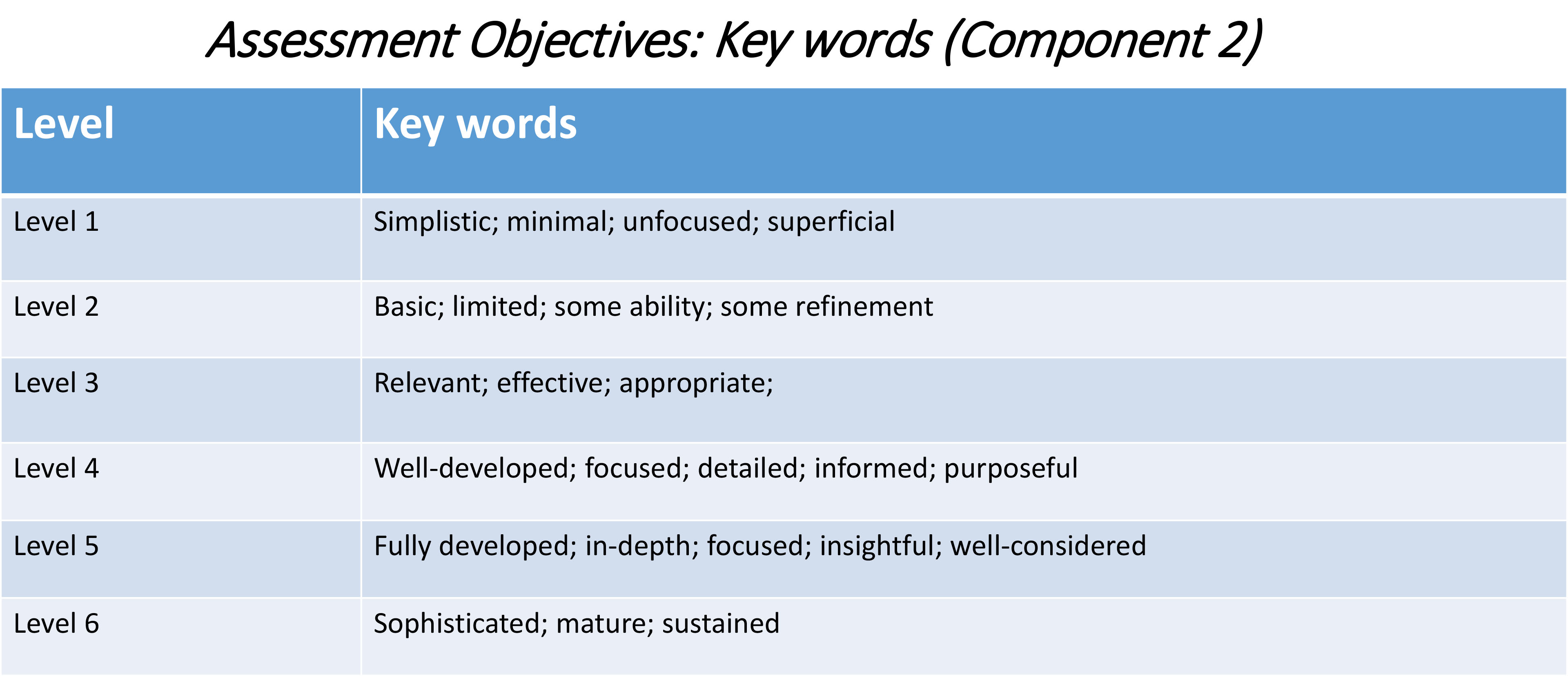There are two weeks until Easter it is paramount that you explore photoshoots as per your manifesto/ specification and make your principal images now so you have a critical body of work to edit and produce final outcomes from.
When you are photographing and responding to ideas and inspirations from artist references you are both exploring and recording. The two go hand in hand. If yo do it well and often (on a weekly basis) you should be able to achieve 50% of your overall marks!
In the PLANNER for A2 EXAMINATIONS 2018 I have highlighted the importance of a sustained investigation.
Each week you are required to make a photographic response (still-images and/or moving image) that relates to the research and work that you explored in that week. Sustained investigations means taking a lot of time and effort to produce the best you can possibly do – reviewing, modifying and refining your idea and taking more pictures to build up a strong body of work with a clear sense of purpose and direction
Get yourself familiar with the assessment grid here:

AO2 – Explore and select appropriate resources, media, materials, techniques and processes, reviewing and refining their ideas as work develops.
AO3 – Record ideas, observations and insights relevant to intentions, reflecting critically on work and progress.
To achieve an A or A*-grade you must demonstrate an Exceptional ability (Level 6) through sustained and focused investigations achieving 16-18 marks out of 18 in each assessment objective

Have a look at previous student, Flora Devenport and her exam work from 2016 and assess it according to the Assessment Objectives A2 Photography: (Edexcel.) Think about what level the student is working at.

Have a look at previous student, Jasmin Ross and her exam work from 2017 and assess it according to the Assessment Objectives A2 Photography: (Edexcel.) Think about what level the student is working at.

What you are looking for when assessing A02 (Explore) and A03 (Record):
How well have ideas developed?
Are ideas explored and selective appropriate to intentions?
Are they sustained and focused?
Are they reviewed and refined?
How many responses/ shoots?
Command of camera skills/ photographic techniques and processes
Understanding of composition/ considering quality of light
What are the overall quality of the images?
How do they respond to research?
How do they relate to artists references?
How do the interpret exam theme of Environment?
Homework: Based on the evidence of your blog, what level are you working at? Produce a blog post where you reflect on your own progress. Provide targets that you can achieve over Easter and that can improve your work. Upload by Wed 21 March
Classwork: To develop your ideas further from research and analysis of artists references and other inspirations on the theme s og FREEDOM and/or LIMITATAIONS you now must be planning a number of photographic responses (at least 3 shoots per idea.)
Follow these steps to success!
- Produce a detailed plan of 3 shoots for each idea in your specification that you are intending to do; how, who, when, where and why in the next 3 weeks?
- Think about lighting, are you going to shoot outside in natural light or inside using studio lights? Maybe shoot both inside and outside to make informed choices and experimentation. Remember to try out a variety of shot sizes and angles, pay attention to composition, focussing, scale, perspective, rule of 1/3rds, foreground/ background and creative control of aperture (depth of field) and shutter speed (movement). If appropriate, think about how to convey an emotion, expression or attitude and the colour palette, tone, mood and texture of your pictures. Consider mise-en-scène (everything in the frame) – e.g. in portraiture deliberate use of clothing, posture, choice of subject objects, props, accessories, settings. Make a selection of the best 15- 20 images for further experimentation. Produce 2-3 blog posts from each shoot and analyse and evaluate your photos through annotation showing understanding of basic visual language using specialist terminology.
- It is essential that you complete your principal shooting over Easter and return on Tue 17 April with a few hundred images ready for further post-production and editing. Remember first final print run is Wed 18 April
- Upload blog post with above planning by Fri 23 March
